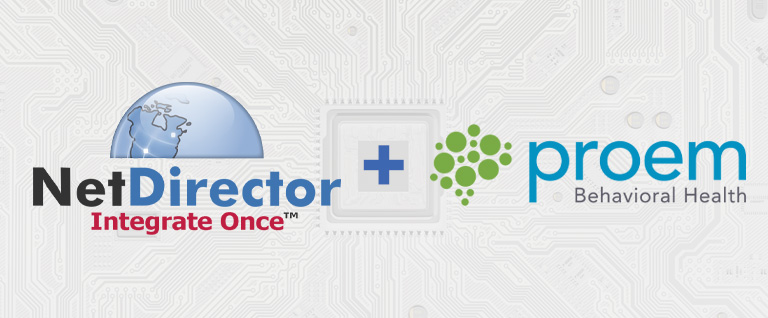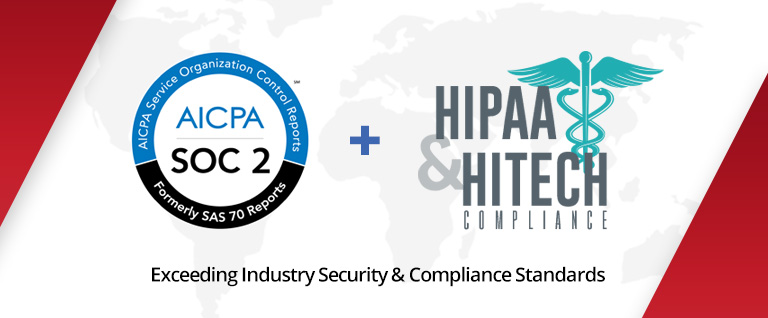The massive meet-up known as HIMSS17 drew more than 42,000 healthcare IT professionals to Orlando during the last full week of February. Attendees learned the latest on artificial intelligence (AI) and blockchain technologies — and how they may impact the sector — along with crucial updates on information security and electronic health records (EHRs).
The non-profit host organization, the Healthcare Information and Management Systems Society, released a study showing that 56 percent of providers expect increases in their IT budgets this year. They’re also in sync with vendors and consultants on the top priorities for leveraging clinical IT, including privacy/security, care coordination, and population health, according to the research. At the same time, providers continue to struggle with how to get the most out of their existing EHR systems.
A ‘year of action’ in AI, cloud computing, and consumerism
IBM CEO Ginni Rometty’s opening keynote highlighted growth in the company’s Watson Health consultancy, which launched in 2015 and now employs more than 7,000 people. Watson Health has large “cognitive computing” projects underway at Memorial Sloan Kettering and Cleveland Clinic. Rometty said healthcare decision-makers elsewhere are in the midst of due diligence regarding cloud, data architecture and AI platforms.
Ed McCallister, CIO at University of Pittsburgh Medical Center, told Healthcare Informatics during the conference that 2017 will be “a year of action” rather than concept. “In the past, we talked about ‘to cloud or not to cloud,’ and now we’re hearing about approaches,” he explained.
Intermountain Healthcare CIO Marc Probst added, “Where we need to up our game is thinking about how to engage with the consumer and [how to] modify our overall operations and become a digital healthcare delivery system.”
Blockchain breaks through
Aside from those practical discussions, HIMSS17 also served up substantial buzz related to blockchain technology, which creates a permanent record of online transactions. A distributed database manages the records, secured by cryptography. Blockchain could be used in population health, for instance, to aggregate the patient and financial data that formerly would have been available only from separate sources such as health information exchanges and claims databases. A summary from Surescripts, which runs a nationwide network of healthcare entities, noted that the technology “has the potential to increase IT and organizational efficiencies, keep data secure, and streamline patients’ access to medical data.”
Security remains a top concern
Information security has been a constant worry in healthcare for many years, as the sector strives to match measures already in place in more advanced industries such as banking and finance.
Symantec released a report conducted by HIMSS Analytics showing growth in the number of IT employees dedicated to security. However, healthcare organizations devote just 6 percent of their overall IT budget to security, while over one-third have implemented only basic security controls.
More than 700 healthcare CIOs attending the concurrent CHIME Forum got a firsthand look at potential vulnerabilities from Kevin Mitnick, a former hacker once on the FBI’s Most Wanted list. Mitnick, now a “white hat” security consultant to Fortune 500 companies, provided a live demonstration of how easily organizational networks could be penetrated.
“You can always mature your security processes,” Mitnick advised, pointing out efforts to segment networks and use two-factor authentication. “You can take the steps necessary to make [your organization] a harder target so that the bad guys go to another company that doesn’t use rigorous security controls.”
Open EHRs evolve
EHR giant Cerner is focusing on making their software open and interoperable. “We’re going to do anything possible to move forward on interoperability,” commented company president Zane Burke. “We view it as a moral obligation in our industry.” Cerner will collaborate with partners to develop needed solutions that can plug into its EHR platform via application programming interfaces.
Meanwhile, EHR rivals Epic and Allscripts are also working on ways to extend their reach. Epic announced progress on two scaled-back versions of its flagship EHR — at lower price points. And Allscripts CEO Paul Black said, “When people talk about ‘open,’ our definition has to do with being vendor-agnostic, [allowing] a very deep level of integration.” Allscripts’ interoperability suite can pull out data from different EHRs and put it into a single community record, yielding one view of multiple subsystems.
But experts were quick to emphasize that the ultimate success of emerging EHRs depends on embedding physicians in the shaping of products. “Anything that takes too much time and detracts from patients will lead to a lack of interest in the technology,” observed Richard Deem, senior vice president of advocacy for the American Medical Association. Doctors become frustrated when poorly designed interfaces don’t match their workflow or fail to deliver patient information efficiently.
From all indications at HIMSS17, healthcare IT continues to transform in bold, interconnected dimensions. Click here to learn more about how NetDirector’s HealthData Exchange helps providers and vendors reach their goals by electronically moving clinical and financial data among disparate systems.




